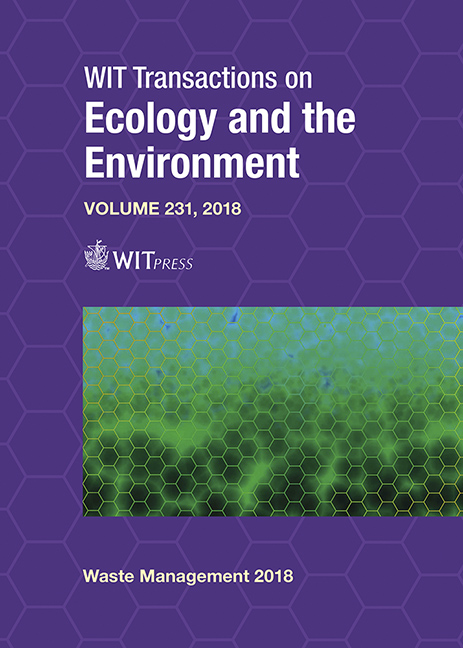INVESTIGATION, MONITORING AND MANAGEMENT OF DOWNSTREAM GROUNDWATER IN THE TAILINGS STORAGE FACILITIES OF NUI PHAO MINE, VIETNAM
Price
Free (open access)
Transaction
Volume
231
Pages
11
Page Range
35 - 45
Published
2019
Paper DOI
10.2495/WM180041
Copyright
WIT Press
Author(s)
QUAN NGUYEN, RICHARD KITCHENER, CRAIG BRADSHAW
Abstract
With the progressive raising of the Nui Phao Mine Tailings Storage Facility (TSF) there has been a detectable increase in groundwater levels in downstream areas. The local community raised concerns in relation to the rising groundwater levels via the established grievance mechanism with Nui Phao Mine Company (NPMC). In order to understand the basis for the changes in groundwater levels and proposed mitigations NPMC undertook a comprehensive multi-phase study of the groundwater flows downstream of the TSF impoundments between 2015 and 2017. The studies included geological mapping, drilling and geophysical investigations. Once initial geological mapping was completed a line of 16 monitoring bores were installed along the property boundary with to the local community. In the dry season, only two of these bores intercepted water, and all the others remained dry. Additional geophysics and ground penetrating radar work studies undertaken failed to delineate significant water bearing structures within the boundary area. A long-term monitoring and control system has now been established to monitor both the changes in groundwater levels as well as the chemical quality of groundwater in the area. The comprehensive monitoring system will be kept in operation and maintained through operations and into the mine closure period. Analysis of the data collected prior to and during the operation of the TSF has allowed the development of a model to predict groundwater and contaminant transport flows using a finite difference code. Application of the model allowed for mitigation approaches to be considered and after reviewing a dewatering channel was proposed and constructed in the boundary area down to an elevation of 52 mRL. The drainage channel installation has successfully lowered the groundwater and surface water for the community adjacent to the property boundary. The success demonstrates the effectiveness of NPMC’s grievance mechanism as well as demonstrating NPMC’s willingness to work with and resolve concerns in consultation with local community members.
Keywords
tailings, groundwater, seepage, investigation, monitoring, drainage channel





